Renowned as an aquatic plant which unfurls its broad, arrow-shaped leaves to drape over the water’s surface, Sagittaria, commonly referred to as an ‘aquatic weed’, commands your exploration. This article aims to foster your understanding of this intriguing plant, shedding light on its unique characteristics, environmental role, and global impact. By grasping the essence of what Sagittaria truly represents, you will gain invaluable insights into the myriad complexities of aquatic ecosystems and their interaction with the environment.
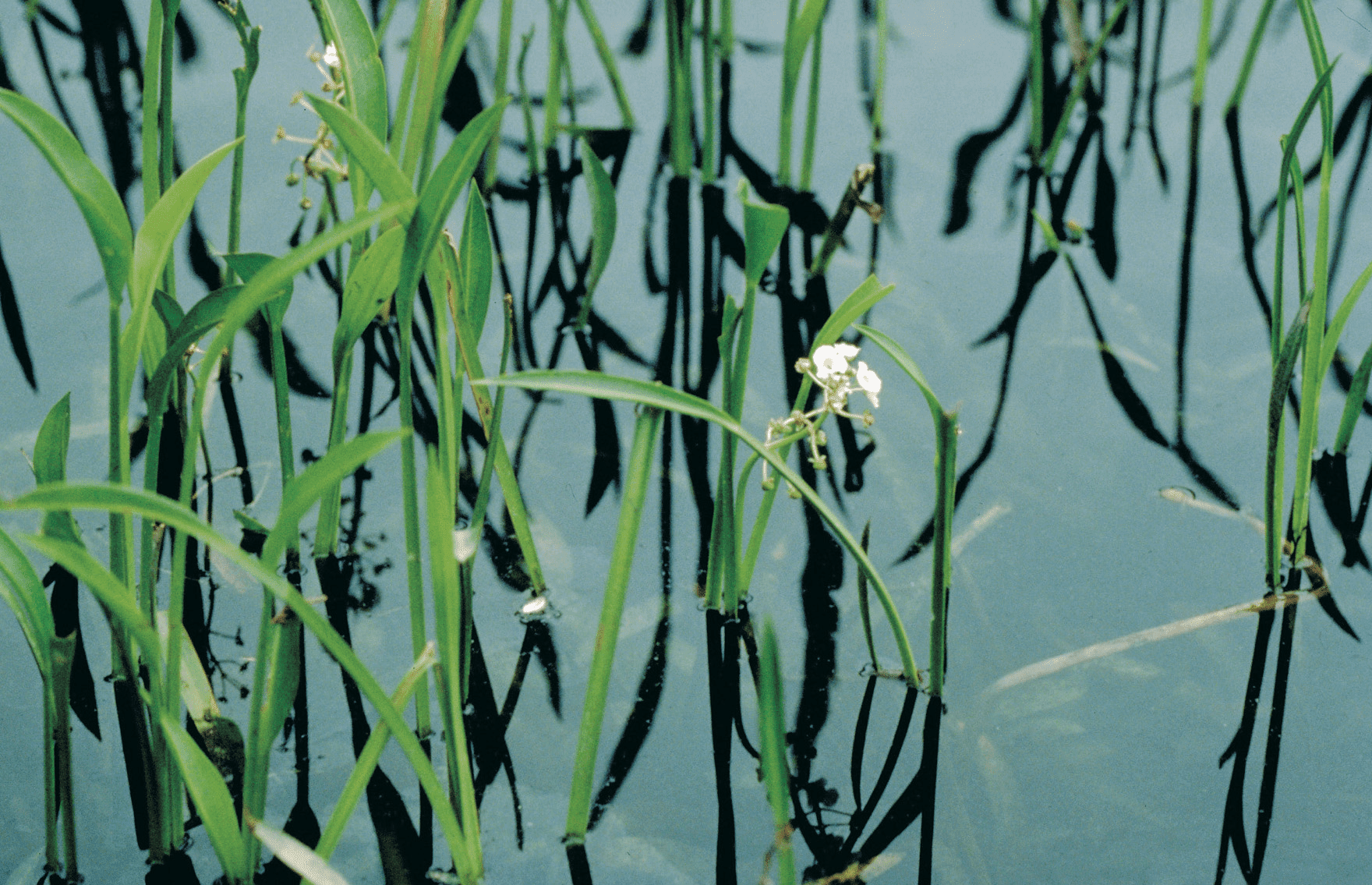
Definition of Sagittaria
In scientific terms, Sagittaria is a genus of fully or partially aquatic plants, generally recognized as water plantains or arrowheads from the family Alismataceae. This genus of plants is distinguished by its broad, arrow-shaped leaves and white, three-petaled flowers.
Distinctive features of Sagittaria
The most notable characteristics of Sagittaria species are their leaves and flowers. The leaves, as mentioned, take on the shape of an arrowhead, and this is where their common name is derived from. The leaves can vary in size and can be either wholly submerged or partially emergent above the water. The flowers, which bloom from late summer to early fall, are white with three petals and are usually carried on stalks above the water.
Possible variations in species
There are approximately 30 distinct species of Sagittaria, and each offers slight variations in color, size, and growth habit. Some species have narrow leaves while others have broad leaves. Several species are native to North America, others to Europe, and some have evolved in parts of South America, Asia, and Africa. Regardless of their origin, all species follow a similar life-cycle pattern.
Habitat of Sagittaria
Sagittaria species are usually found in aquatic environments, including slow-moving rivers, ponds, marshes, and even ditches. They thrive in wet conditions and can survive in a wide range of soil types, from sandy to clay and loamy soils. These plants prefer full sunlight exposure but can tolerate partial shade.
The Biology of Sagittaria
Understanding the biology of Sagittaria contributes to the overall understanding of how these plants thrive in water bodies and interact with their ecosystems.
Life cycle of Sagittaria
Sagittaria plants propagate through both sexual and asexual reproduction. They produce flowers that are pollinated by wind or insects. After fertilization, the flowers develop into seeds that fall into the water and sediment. Once the seeds germinate, they send up stems and leaves. They can also reproduce through the production of tubers, which can detach from the parent plant and establish as new plant individuals.
Adaptations for aquatic life
Sagittaria species have several adaptations that enable them to survive in aquatic habitats. These adaptations include leaves that can remain upright in the water, allowing for necessary photosynthesis. The stems of these plants are hollow, which helps them float and provides oxygen to the submerged parts of the plant. A robust root system anchors these plants in soft, muddy sediment while also drawing nutrients from the water itself.
Morphological characteristics
Sagittaria species are typically characterized by their prominent leaf structure, which is broad and arrowhead-shaped. The plants also have a sturdy rhizome system that fans out in different directions, providing strong anchorage in the water body. Their flowers are diverse amongst the genus, but most have three distinct petals that can range from white to pink in color.
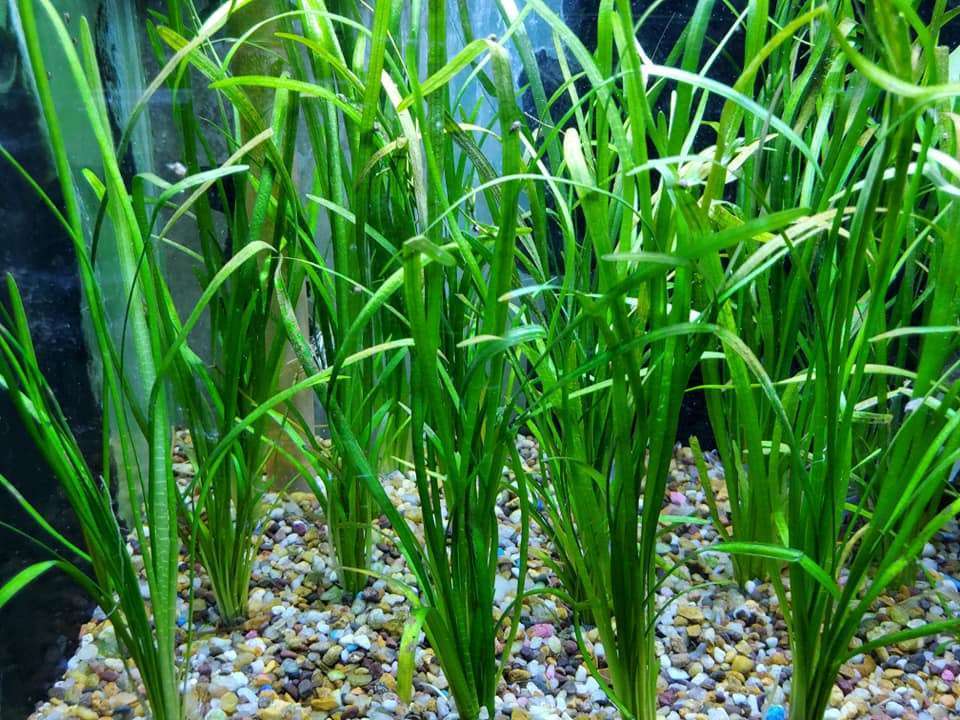
Types of Sagittaria Species
The Sagittaria genus is diverse and contains several species that have adapted to life in numerous environments throughout the world.
Sagittaria latifolia
Sagittaria latifolia, also known as broadleaf arrowhead or duck-potato, boasts wide, triangular leaves. This North American native is found in wetlands and slow-moving streams and is a critical food source for various waterfowl species, which consume the plant’s tubers.
Sagittaria subulata
Also known as the arrowhead plant, the Sagittaria subulata is smaller than the S. latifolia and has narrower leaves. It is a submerged aquatic plant well-known within the aquarium industry and adds aesthetic interest to the water body in which it is grown.
Sagittaria graminea
The Sagittaria graminea, or the grass-leaved arrowhead, is distinctive for its narrow, grass-like leaves. This North American native is a popular choice for water gardens due to its striking bloom of attractive white flowers.
Distribution of Sagittaria around the World
Sagittaria species are widespread and can be found in many parts of the world.
Presence in North America
North America is home to several native Sagittaria species, including the broadleaf arrowhead and the grass-leaved arrowhead. These arrowheads thrive in the rich, wet soils of North American marshlands and rivers.
Presence in Europe
European water bodies also host several Sagittaria species, including the water plantain (Sagittaria sagittifolia). Some of these, introduced as ornamental plants, have become invasive and pose ecological challenges.
Presence in Asia
In Asia, the Sagittaria trifolia is native to many East Asian countries. This plant is commonly cultivated in China for its tubers, which are consumed as a starchy root vegetable.
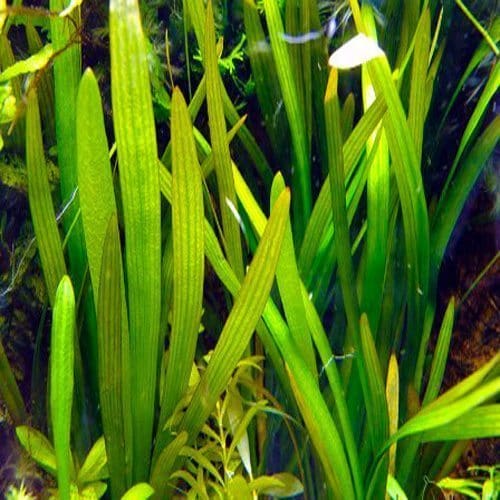
Ecological Impact of Sagittaria
The ecological footprint of Sagittaria is quite significant, impacting both water bodies and surrounding ecosystems.
Role in aquatic ecosystems
Sagittaria plays a significant role in maintaining the biodiversity of aquatic ecosystems. Their leaves provide habitat and food for various water-dwelling organisms, while their flowers attract pollinators. These plants also help improve water quality by absorbing excess nutrients and stabilizing sediments with their comprehensive root systems.
Interactions with other species
These plants interact symbiotically with a variety of aquatic organisms. They provide shelter for small fish and aquatic insects while acting as a significant food source for ducks and other waterfowl. However, at high densities, they can also compete aggressively with other aquatic plants for space and resources.
Impact on water bodies
The dense growth of Sagittaria can alter water flow and sediment deposition in rivers and streams. The plants’ extensive root systems can lead to an increase in the accumulation of organic matter and nutrients in water bodies, potentially affecting water quality and contributing to eutrophication.
The Sagittaria as a Weed
Despite their ecological importance, Sagittaria species are often considered a nuisance and a weed in many regions. Their aggressive growth habit and potential to spread quickly can present numerous challenges.
Common areas of infestation
Sagittaria infests various water bodies, including streams, ponds, and slow-moving rivers. These plants can also become problematic in irrigation channels, where they can block water flow and disrupt agricultural activities.
Impact on aquatic activities
Broad growth of Sagittaria can hinder recreational activities such as swimming, fishing, and boating. It can also obstruct water flow in irrigation and navigation channels, impacting commercial operations.
Effect on local flora
If unchecked, Sagittaria can rapidly take over an area, outcompeting native plants for nutrients and light. This can lead to a decrease in the biodiversity of native flora and disrupt the balance of local ecosystems.
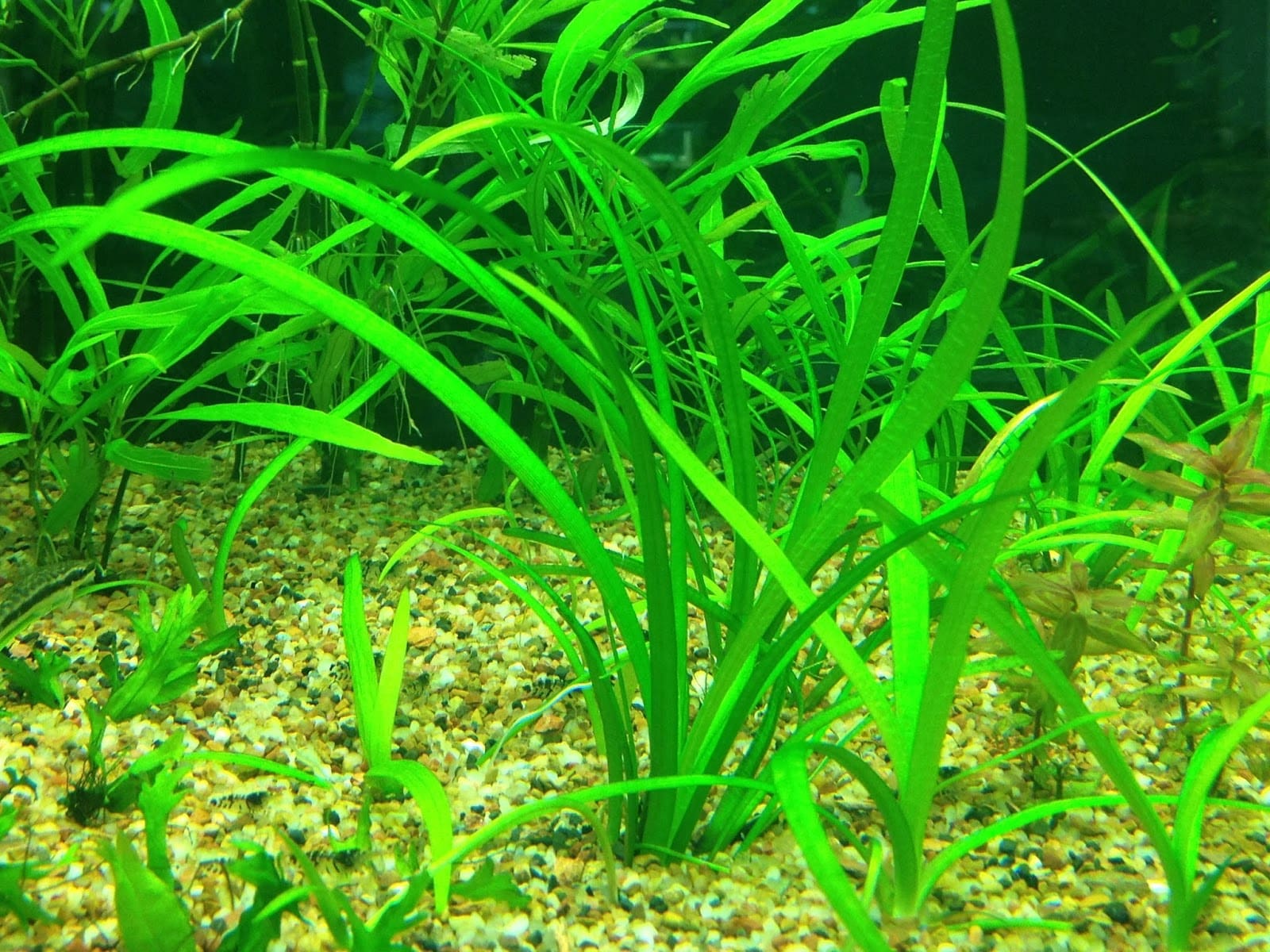
Methods of Control and Management
Efficient control and management can prevent Sagittaria from becoming invasive. Depending on the infestation’s extent and the individual species, varying methods can be used to manage Sagittaria effectively.
Chemical control
One common method of controlling Sagittaria is the use of herbicides, which can reduce the plant population. However, this should be carefully done, as the use of chemicals can harm non-target organisms and potentially impact water quality.
Biological control
Biological control methods involve the introduction of the plant’s natural enemies to reduce its population. For example, certain types of insects and ducks, which feed on these plants, can be introduced to control the plants’ growth. However, the potential impact on local ecosystems should be carefully assessed before implementing any biological control methods.
Mechanical and manual removal methods
Mechanical and manual methods of control involve the physical removal of the plants. This can include the use of heavy equipment to remove large infestations or hand-pulling to manage smaller populations.
Scientific Research on Sagittaria
Sagittaria has also been a subject of scientific interest because of its invasive nature, abundance, and the potential to utilize it constructively.
Emerging studies
Recently, various studies have begun to explore the potential uses of Sagittaria as a tool in ecological restoration and as a bioindicator of aquatic health. The plant’s notable power for phytoremediation, namely, its ability to remove heavy metals and nutrients from water, has been particularly interesting to researchers.
Use in understanding aquatic plant biology
Sagittaria is a model organism that aids in understanding the biology of aquatic plants, including their adaptations to the aquatic environment, competitive tactics, and their reproductive strategies.
Importance in environmental research
Given their role as key components of many aquatic ecosystems and their broad geographical range, Sagittaria species are important subjects of study in environmental research, particularly in the areas of ecology, plant biology, and invasive species management.
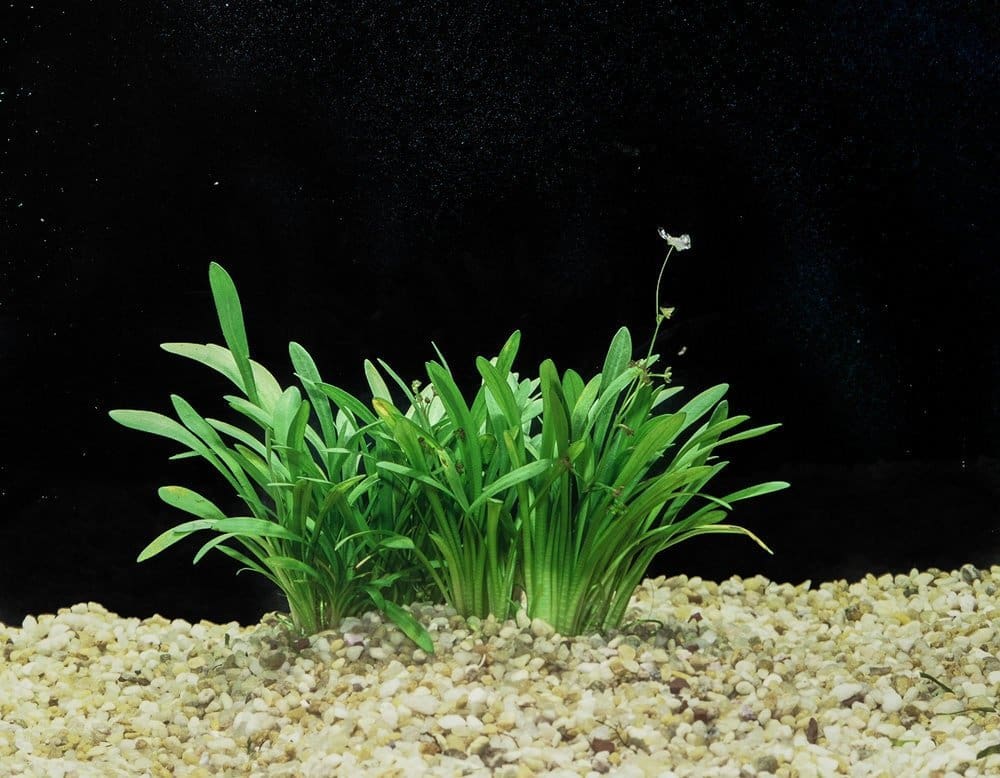
Sagittaria in Aquaculture and Aquariums
Beyond their natural habitats, Sagittaria has found use in man-made water bodies as well.
Use in decorative aquariums
Most aquarium enthusiasts are familiar with varieties of Sagittaria, such as dwarf Sagittaria, because of their aesthetic appeal and ease of maintenance. They contribute to a healthy aquarium ecosystem by absorbing excess nutrients from the water.
Role in fish farming
In fish farming, Sagittaria species are used as a natural form of filtration to preserve the water quality. They also provide a natural habitat for fish, promoting their overall wellbeing.
Maintenance and care
Sagittaria is typically an easy-to-care-for plant. It prefers full sun but can tolerate some shade, and although it will grow in a range of soil types, it thrives in nutrient-rich sediment. Managing the plant is key to preventing it from becoming invasive.
Understanding the Threat of Invasive Sagittaria
Invasive Sagittaria species pose significant threats to aquatic ecosystems and human activities.
History of invasions
Non-native Sagittaria species have invaded many regions around the world, often introduced inadvertently alongside aquarium plants or due to dumping from home water gardens. These plants are highly competitive and can quickly dominate native vegetation.
Consequences of uncontrolled growth
Uncontrolled growth of Sagittaria can significantly alter aquatic ecosystems, out-competing native species, and affecting biodiversity. Their presence can impede water flow, disrupt aquatic activities and affect the aesthetic value of water bodies.
Preventive measures
Prevention is the most efficient way to handle the potential invasiveness of Sagittaria. Practices such as responsible disposal of aquarium plants, early detection, and swift control measures following detection are fundamental in preventing the establishment and subsequent spread of these plants in new areas.